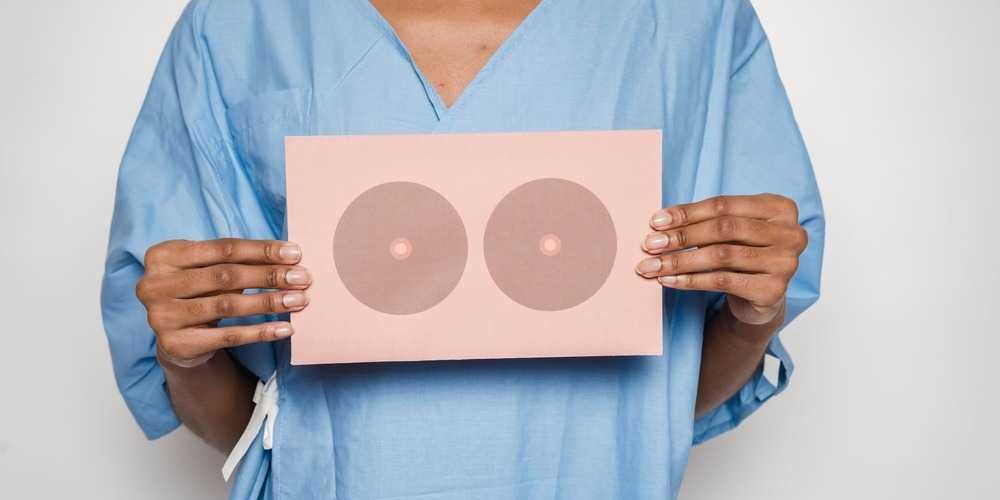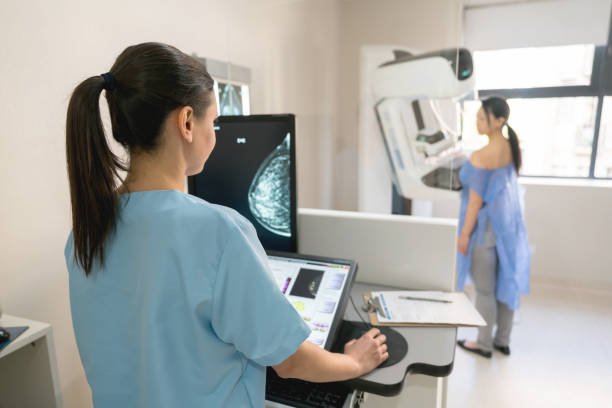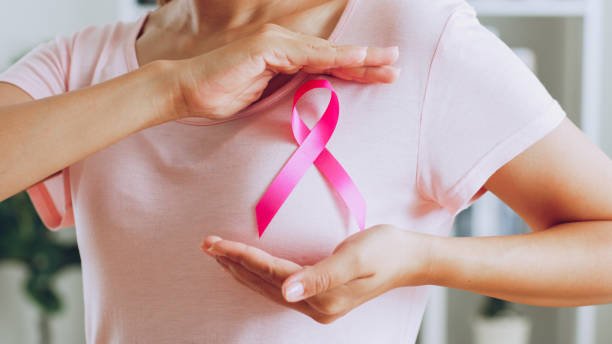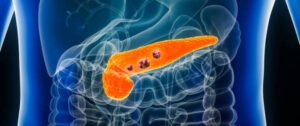
What is Triple Negative Breast Cancer? Understand the causes, symptoms and new treatments for triple-negative breast cancer
Breast cancer is the most common cancer among women. Each year, around 11,500 women and 85 men die from breast cancer in the UK. Among breast cancers, “triple-negative breast cancer” is the most difficult to treat. Not only are there few treatment options, but recurrence rates are also high. High; however, with the development of immunotherapy in recent years, there are now new drugs that can improve the treatment dilemma of triple-negative breast cancer. We will help you understand the characteristics, symptoms and treatment of triple-negative breast cancer.
What is triple negative breast cancer?
Triple-negative breast cancer (TNBC) refers to breast cancer in which the following three hormone receptors are negative, accounting for about 15% of the total breast cancer:
- Estrogen receptor (ER)
- Progesterone receptor (PR)
- Human epithelial auxin receptor type 2 (HER2)
Due to the lack of these receptors, patients in the past could only be treated with chemotherapy. Because the “hormone therapy” and targeted therapy commonly used by breast cancer patients use the above three receptors to inhibit and kill cancer cells. ; However, because triple-negative breast cancer has a high degree of genetic variability, high recurrence and metastasis rates, the prognosis for most chemotherapy patients is not ideal.
Characteristics of triple negative breast cancer
- It is more likely to occur in female patients under the age of 40 (the peak period of breast cancer is generally between 45 and 69 years old)
- Cancer cells differentiate quickly, and tumors can grow and metastasize in a short period of time, making them highly malignant.
- Easier to metastasize to the brain and lymph nodes, with high mortality

Risk groups for triple-negative breast cancer
- People with BRCA gene mutations: The BRCA gene is closely related to breast cancer, and the BRCA genes can be divided into BRCA1 and BRCA2. The majority of triple-negative breast cancers have BRCA1 gene mutations.
- Women under 40
- Have a family history of breast cancer
- A history of breast cancer in one breast
What are the symptoms of triple negative breast cancer?
- Lump in breast
- Nipple erosion
- Breasts appear sunken
- Swollen lymph nodes under armpit
In addition to the common symptoms of breast cancer mentioned above, triple-negative breast cancer is also prone to metastasis to the lungs, liver, and brain, leading to symptoms such as chest tightness, chest pain, difficulty breathing, and dizziness.
How is triple-negative breast cancer treated? New drug improves prognosis
With limited treatment options, most treatments for triple-negative breast cancer in recent years have been chemotherapy combined with surgery. Chemotherapy is used to shrink the tumor first, and then the tumor is removed. Chemotherapy is continued after surgery to eradicate cancer cells and reduce the recurrence rate. .
There are two types of chemotherapy for triple-negative breast cancer:
- Preoperative adjuvant: Suitable for advanced breast cancer (stage 3A, stage 3B) and tumors larger than 2 cm. If preoperative chemotherapy is not effective, the prognosis will also become worse.
- Postoperative auxiliary: Patients who have undergone surgery will be assisted by chemotherapy drugs.
Whether it is preoperative auxiliary or postoperative auxiliary, the drugs generally considered are cranberries, such as doxorubicin (Doxorubicin), or combined with paclitaxel drugs, such as Docetacel. For triple-negative breast cancer that has metastasized or recurred, platinum-based drugs, such as Carboplatin, will be considered.

New immunotherapy
For triple-negative breast cancer, the country has approved the use of immune checkpoint inhibitors (referred to as immunotherapy drugs) in 2019. Clinical studies have confirmed that compared with simply receiving chemotherapy, if patients who have metastasized are treated with immunotherapy simultaneously, it will be better for PD. -For the group with L1 staining (expression of cancer cell protein) >1%, the 2-year survival rate can be increased from 37% to 54%, and its therapeutic effect can still continue to work after the disease worsens and the treatment is stopped, making the condition better. Control can help improve patients’ prognosis and quality of life, and extend their survival years.
What are immunotherapy drugs?
The human body’s immune system is inherently capable of fighting cancer cells, with T cells as the main attacking role. In recent years, the scientific community has discovered that there is a protein (PD-L1) on cancer cells that interacts with the receptor (PD-1) on T cells and initiates a self-inhibitory reaction of T cells; this reaction was originally intended to prevent the immune response from being too high. It is strong and damages the protective mechanism of normal cells in the human body, but it becomes a way for cancer cells to avoid attack.
The immunotherapy drugs “immune checkpoint inhibitors” actively developed by the medical community in recent years use “anti-PD-L1” antibodies to block the combination of cancer cell PD-L1 proteins and T cell PD-1 receptors, allowing T cells to The cell activates its attack mechanism again.











